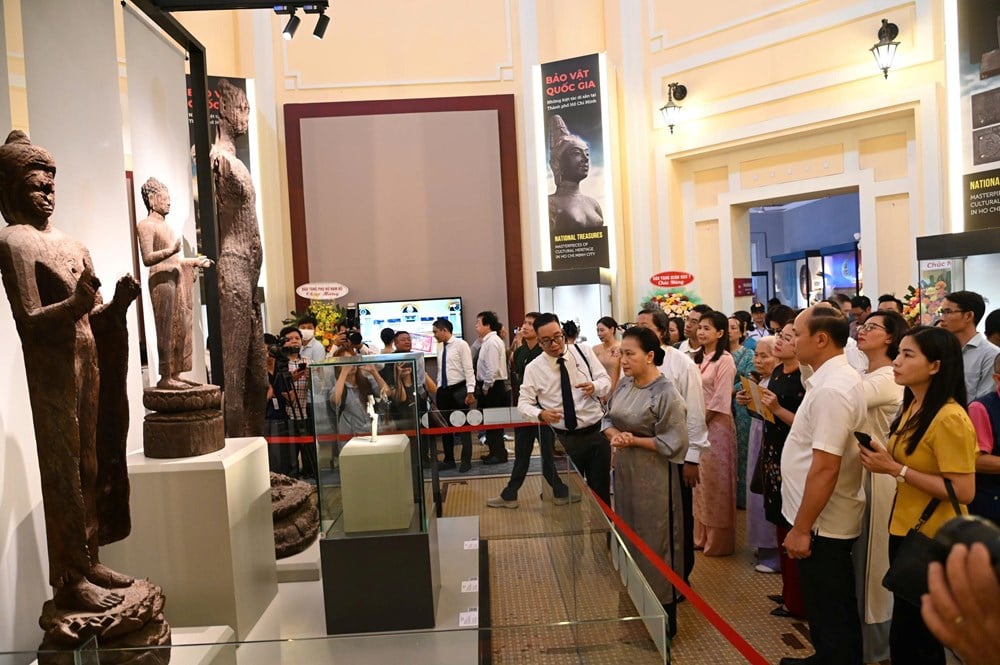
This is not only a special occasion for the public to admire rare "treasures", but also opens up opportunities to learn about the cultural and historical depth of the Southern land through many periods, from ancient to modern.
From exhibition to cultural dissemination
According to Mr. Nguyen Minh Nhut, Deputy Director of the Department of Culture and Sports of Ho Chi Minh City, previously, these treasures were introduced separately in small exhibitions. This time, they are all gathered together in one theme, helping viewers to visualize fully and systematically the cultural and artistic process of the city and the country.
The treasures span a wide range of ages, materials and styles, representing historical periods, from Dong Son, Sa Huynh, Oc Eo, Champa cultures to the Nguyen Dynasty, revolutionary artifacts and modern works of art, demonstrating the diversity and cultural exchange of the Southern region...
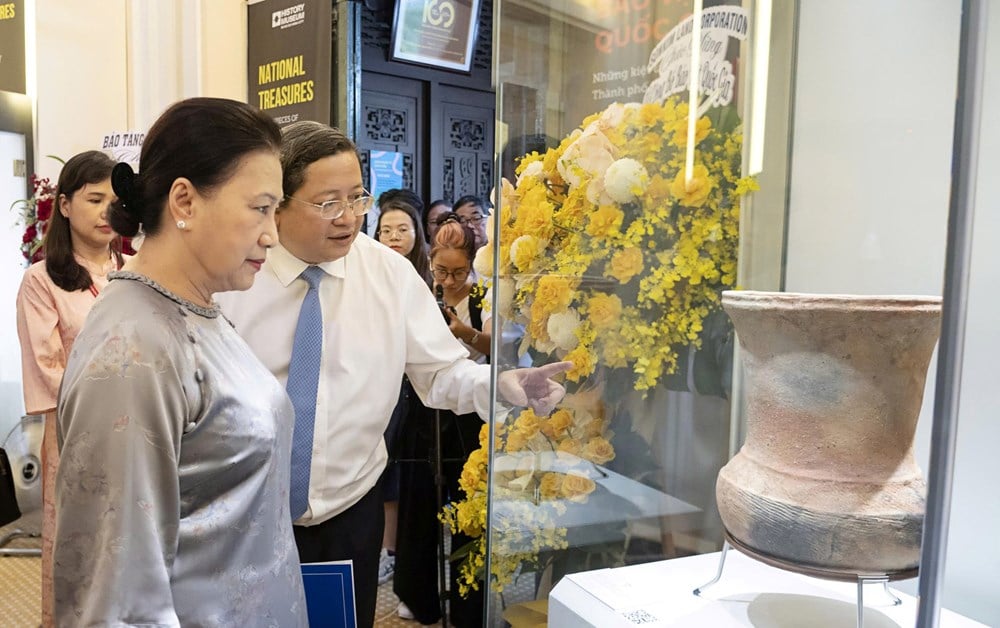
Typical among them are the National Treasures of Buddhist and Hindu art of the Phu Nam - Oc Eo culture (1st-7th century) and Champa culture (2nd-17th century) that developed long ago in the South and Central regions of Vietnam.
These artifacts include: Dong Duong Buddha Statue (dating from the 8th-9th century), Goddess Devi Statue (10th century), Hoai Nhon Avalokitesvara Statue (8th-9th century), Dai Huu Avalokitesvara Statue (10th century), Vishnu Statue (2nd-5th century), Surya Statue (6th-7th century);
Statue of Goddess Durga (7th-8th century), Statue of Avalokitesvara (8th-9th century), Statue of Buddha Sa Dec (4th century), Statue of Buddha Binh Hoa (4th-6th century), Statue of Buddha Loi My (4th-6th century), Statue of Buddha Son Tho (6th-7th century).
These are artifacts from the collection of the Ho Chi Minh City Museum of History, recognized as National Treasures in 2012, 2013 and 2018.
These works of art not only express the historical, cultural and religious values of ethnic groups but also the aesthetic values of contemporary techniques of indigenous Vietnamese ethnic groups in the past, contributing to enriching the treasure of Vietnamese cultural heritage.
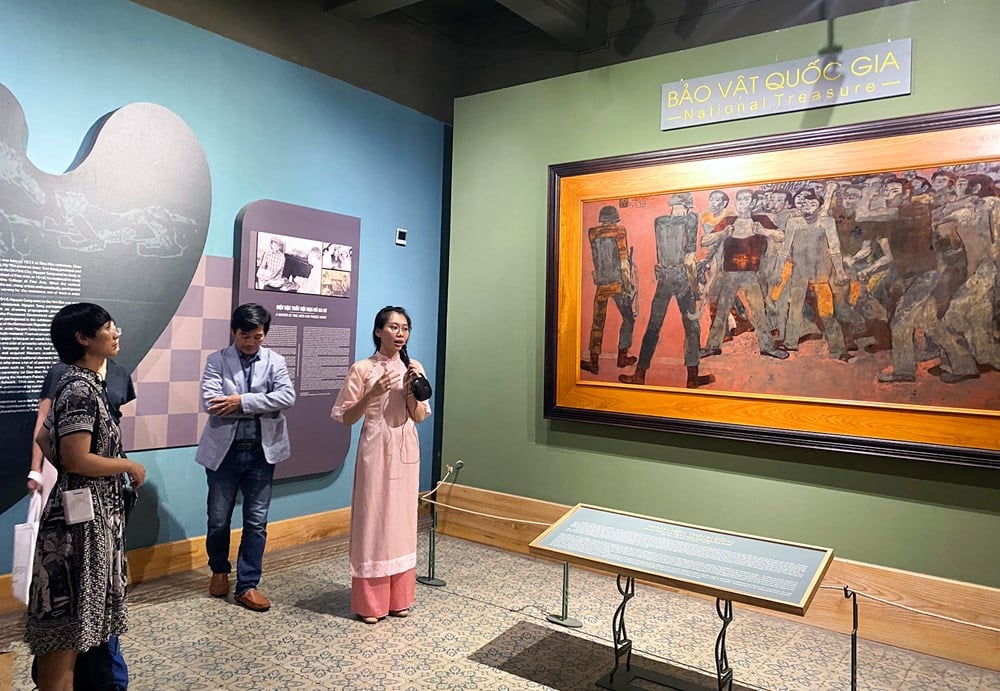
Two treasures of the Ho Chi Minh City Museum include the bronze seal “Luong Tai Hau chi an” (dated 1833, Nguyen Dynasty) – representing feudal power, and the printing block “Treasury bill with face value of 5 dong” (1947) – a special artifact marking the financial sector during the resistance war.
In the field of modern fine arts, the two works “Spring Garden of Central, South and North” by Nguyen Gia Tri and “Young people in the citadel” by Nguyen Sang are considered the pinnacle of creativity, both rich in artistic value and reflecting the spirit of the times.
The latest artifact to be recognized as a national treasure in 2024 is a ceramic pot from the Dong Son culture (dating back about 2,500–2,000 years), from the private collection of Mr. Chi Bao. This is a valuable artifact, contributing to enriching the Vietnamese archaeological treasure.
This exhibition space is designed in a modern style, meeting museum standards, ensuring absolute safety for the artifacts while also serving the needs of viewing. The treasures are arranged in tempered glass cabinets, equipped with a 24/7 camera surveillance system, with security forces on duty regularly, coordinating with local police to promptly handle all situations.
Mr. Nguyen Minh Nhut shared that the most important thing is still the awareness of the people and tourists. "The culture of appreciation and the attitude of respect for heritage of the public is the most solid protection barrier," he said.
This is not only an activity to honor cultural and historical values but also plays a role in heritage education , especially for the younger generation. Seeing rare treasures with your own eyes will arouse pride, love for the homeland and awareness of preserving heritage.
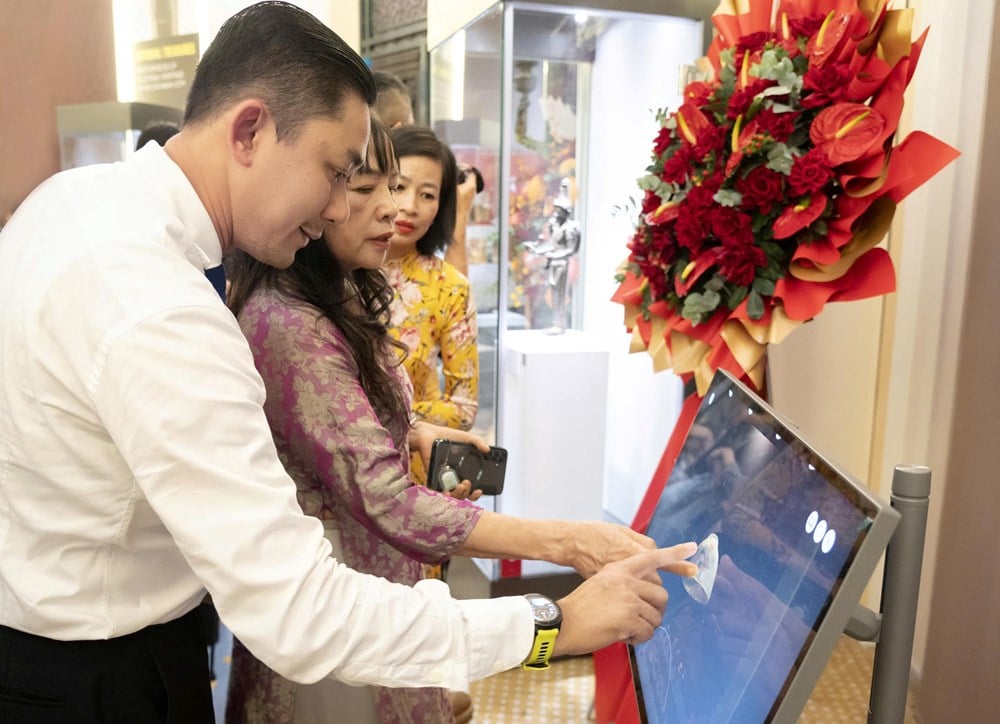
Expanding the new city heritage “picture”
From July 1, Ho Chi Minh City officially merged with Binh Duong and Ba Ria – Vung Tau. Thanks to that, the heritage system of the new Ho Chi Minh City will be even richer and more diverse. Ho Chi Minh City will have 6 new national treasures (3 from Binh Duong, 3 from Ba Ria – Vung Tau), bringing the total to 23 treasures.
Along with that, the total number of ranked relics in the area will reach 314, including 4 special national relics, 99 national relics and 221 provincial relics.
Along with the number of works that have been inventoried and prepared for classification in localities, the amount of heritage in Ho Chi Minh City has increased significantly.
This combination is considered both an opportunity and a challenge, requiring new and creative ways to preserve and promote heritage values. Special exhibitions like this one will help the public have a broader perspective on culture and history, not only in Ho Chi Minh City but also in the Southeast region.
Bringing the treasures “out of the glass case” and closer to the public is the goal that Ho Chi Minh City is aiming for. The simultaneous display of many treasures this time is also the beginning of the next activities, contributing to turning the heritage treasure into the common spiritual property of the community.
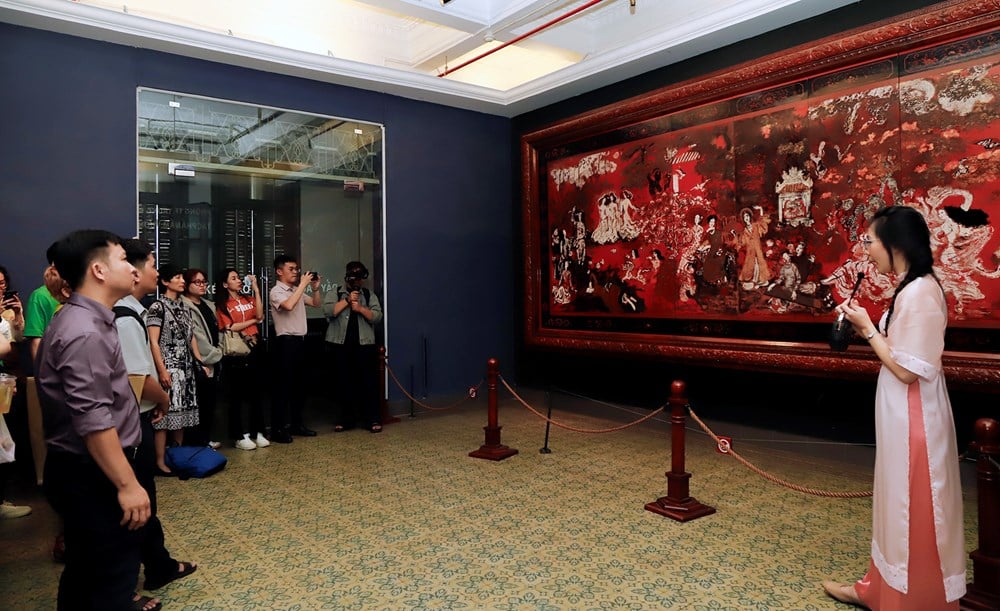
Dr. Hoang Anh Tuan, Director of the Ho Chi Minh City Museum of History, added that the "National Treasures" thematic exhibition room is located right in the Octagon Room of the Museum.
This space gathers all 15 national treasures currently belonging to the Ho Chi Minh City Museum of History, Ho Chi Minh City Museum and treasures of the private collection of Pham Gia Chi Bao.
In addition, the organizers arranged two interactive screens to display two paintings from the Ho Chi Minh City Fine Arts Museum. “Because the original paintings require special preservation conditions, they cannot be moved to a centralized display location. The public can go to the Ho Chi Minh City Fine Arts Museum to enjoy the original paintings,” said Dr. Hoang Anh Tuan.
For the first time, these treasures appear together in a thematic exhibition space in Ho Chi Minh City, which is a special opportunity for the public to get closer to the heritage.
This is not only an activity to honor historical and artistic values, but also a vivid form of heritage education, evoking cultural pride, especially among the young generation.
Source: https://baovanhoa.vn/van-hoa/di-san-hoi-ngo-ke-chuyen-nghin-nam-148205.html


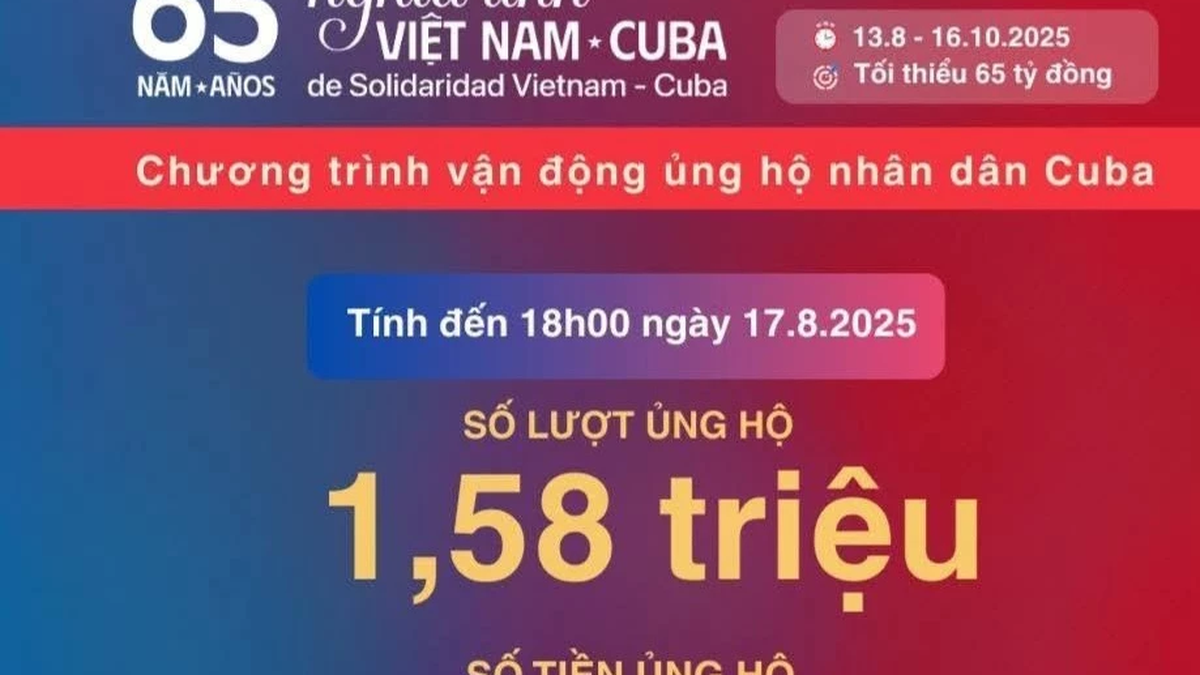
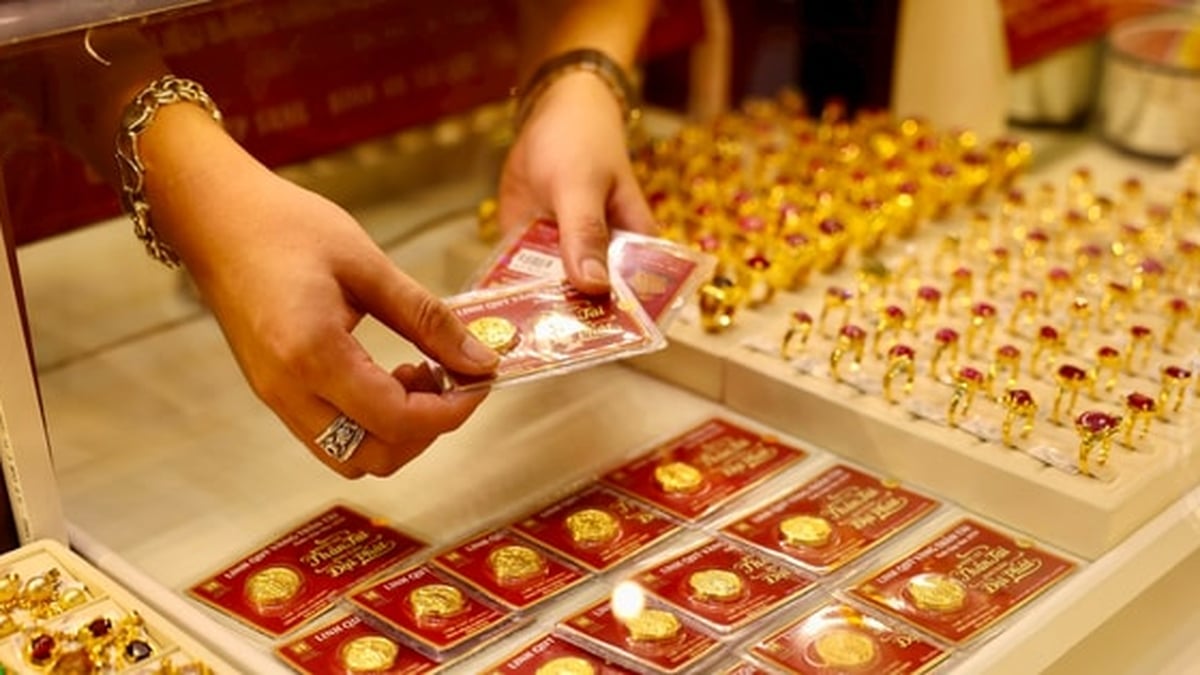
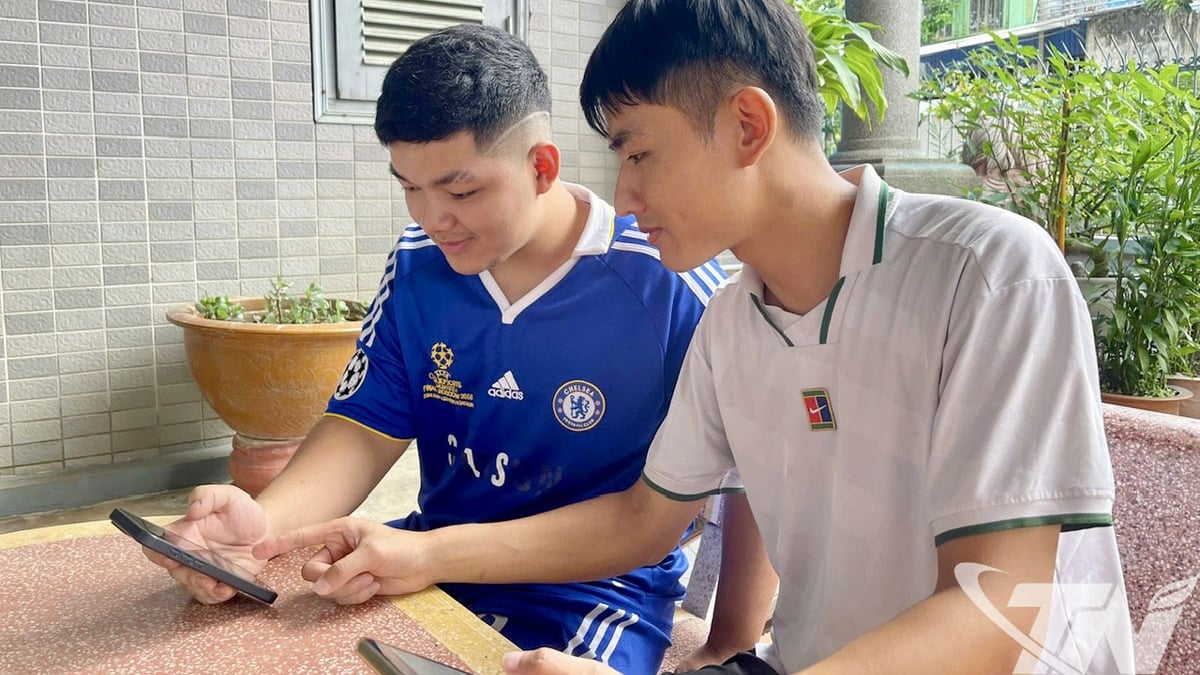
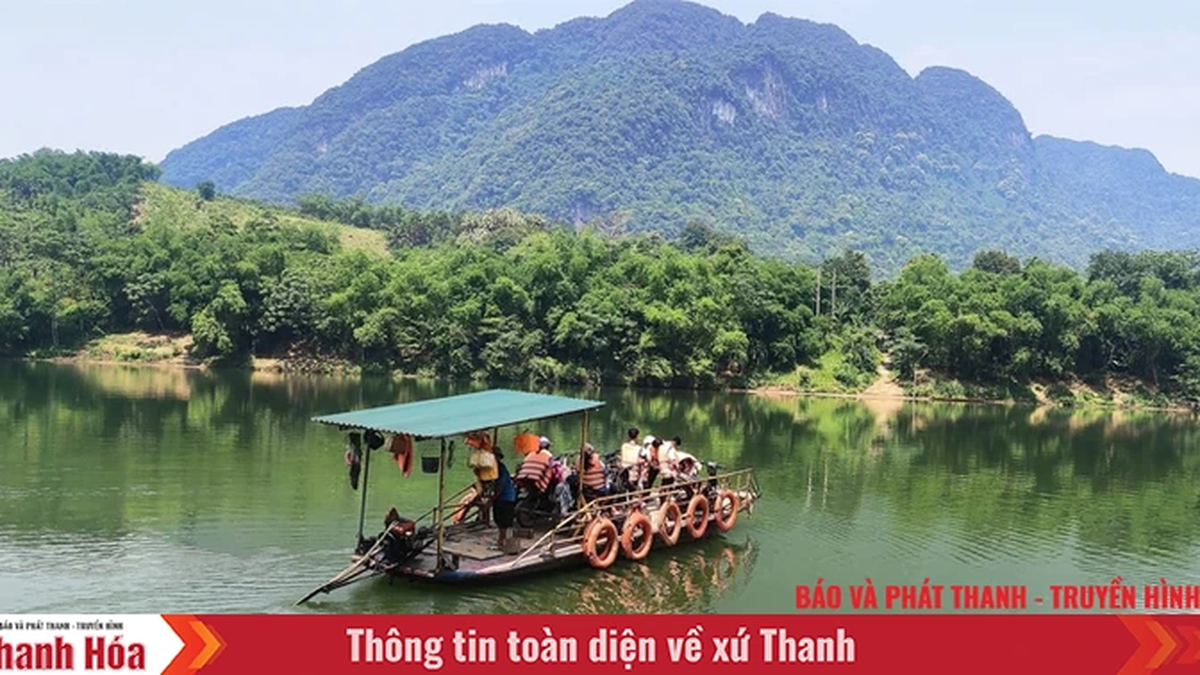
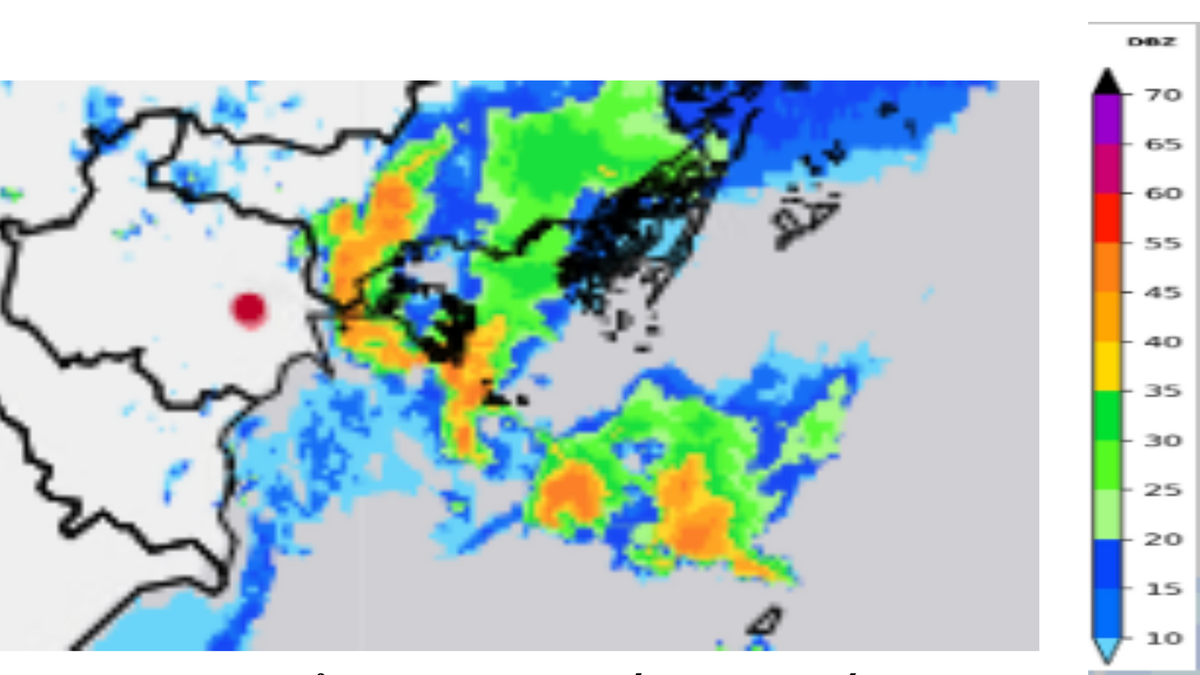

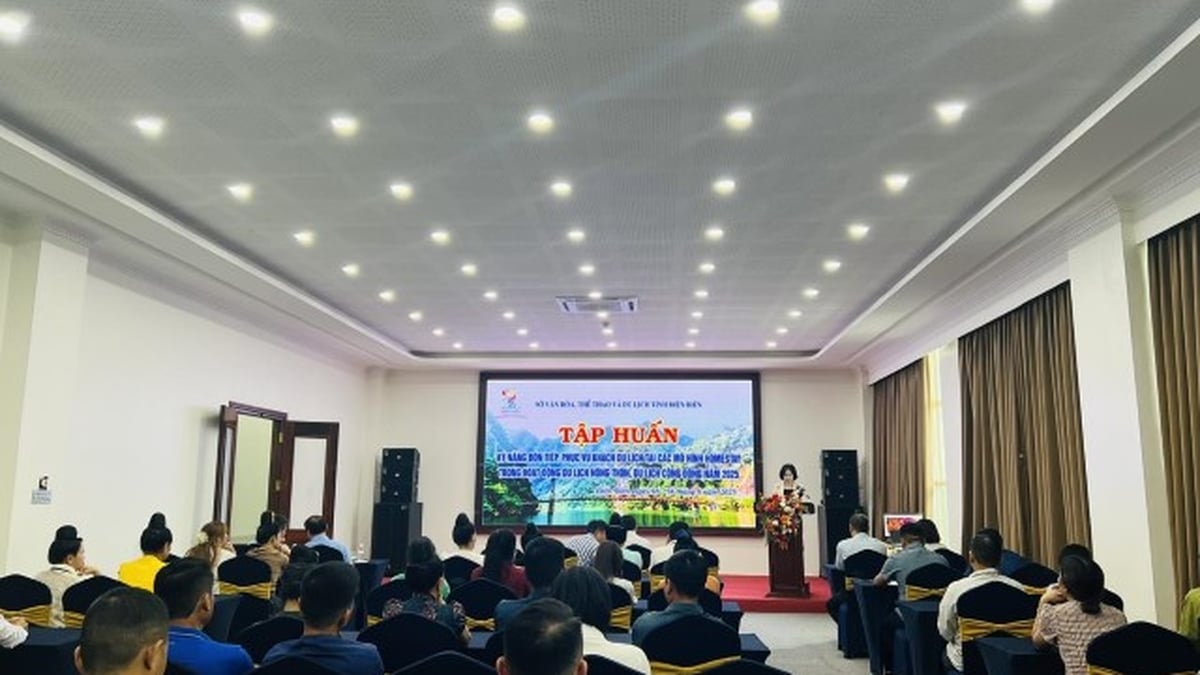
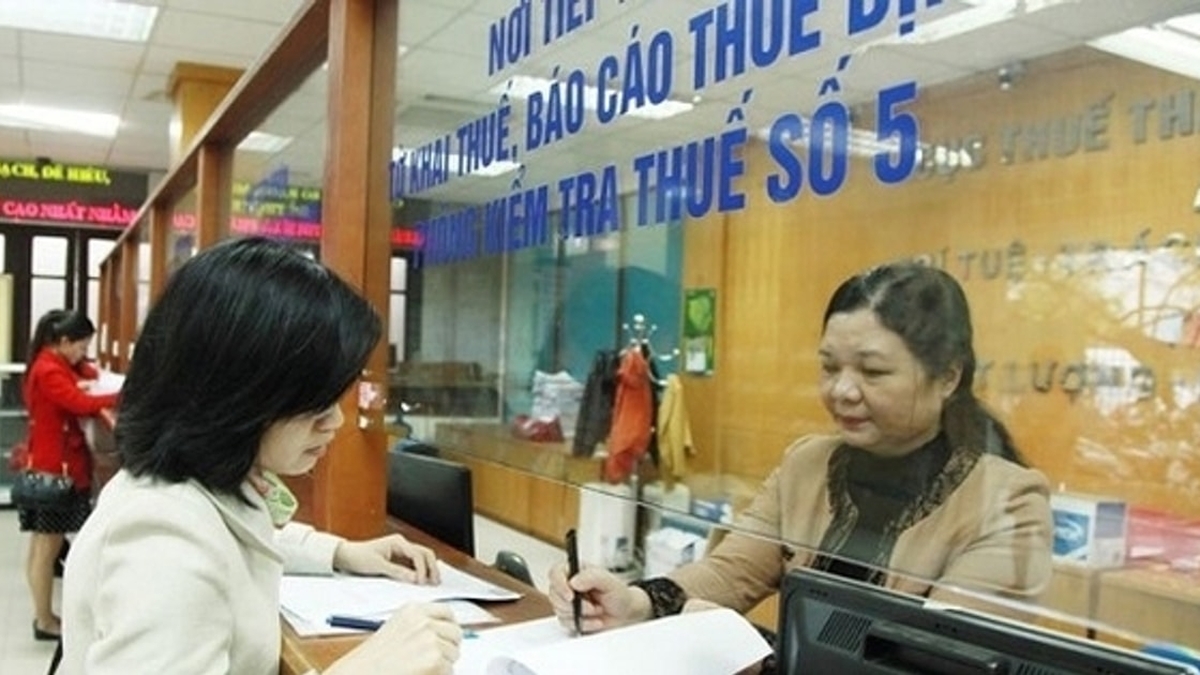
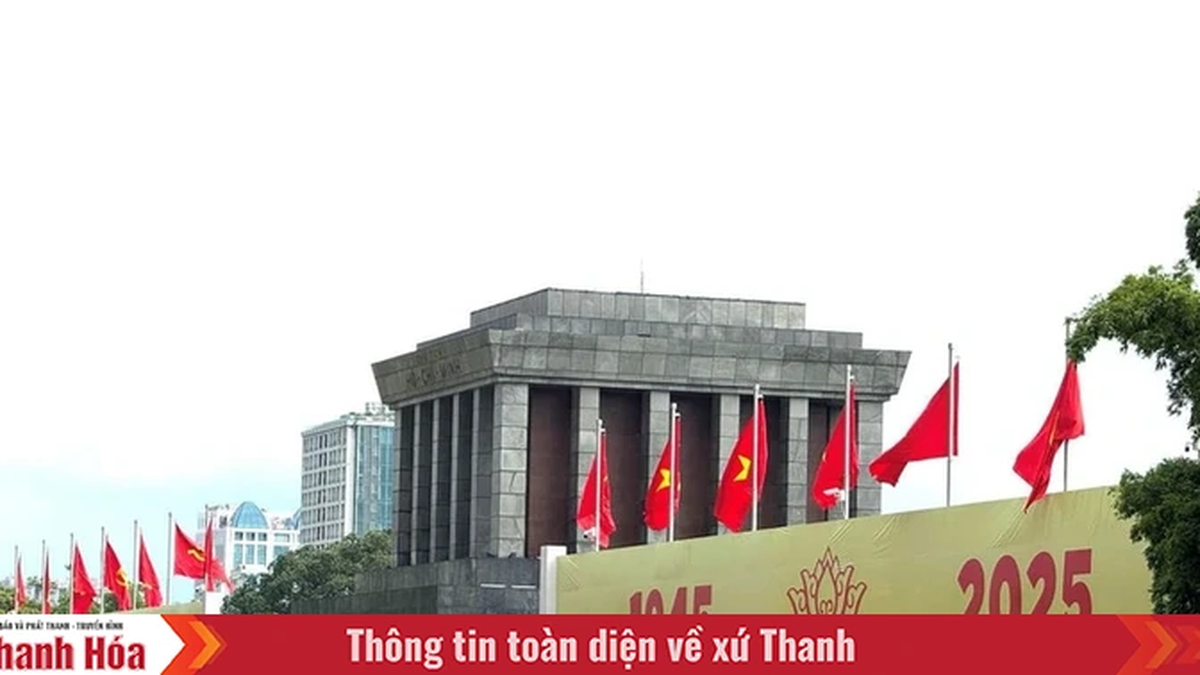
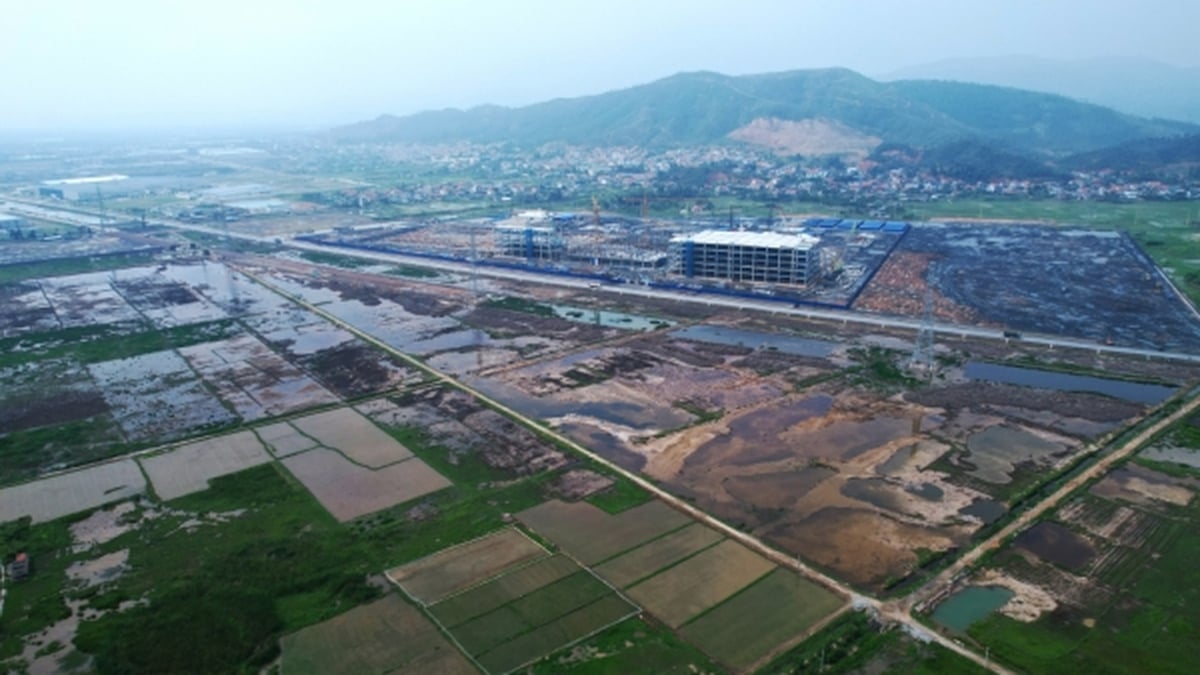

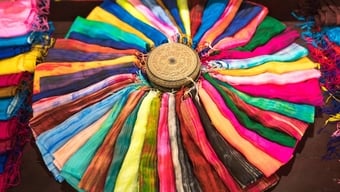

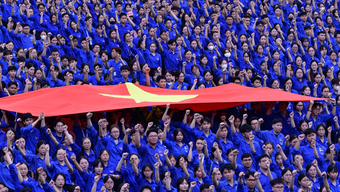

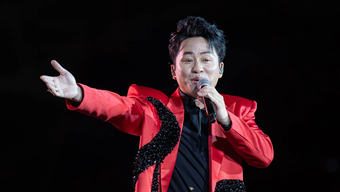
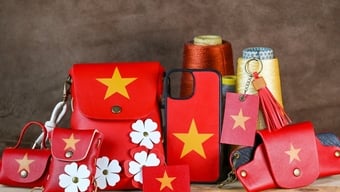




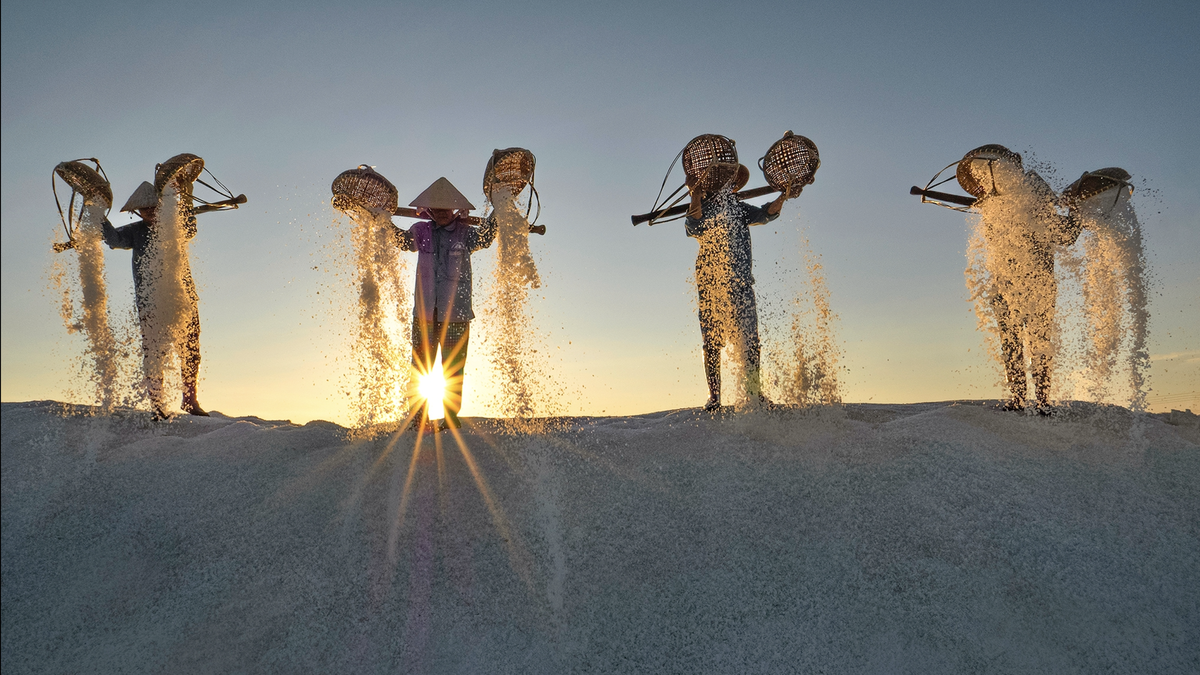
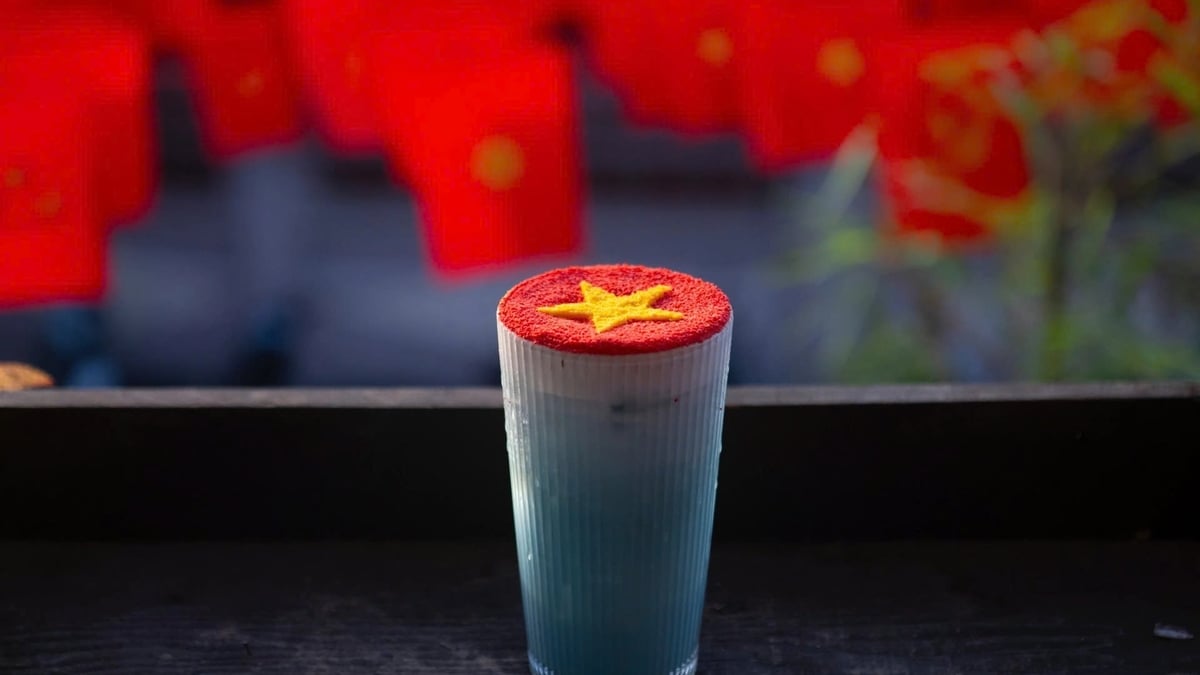
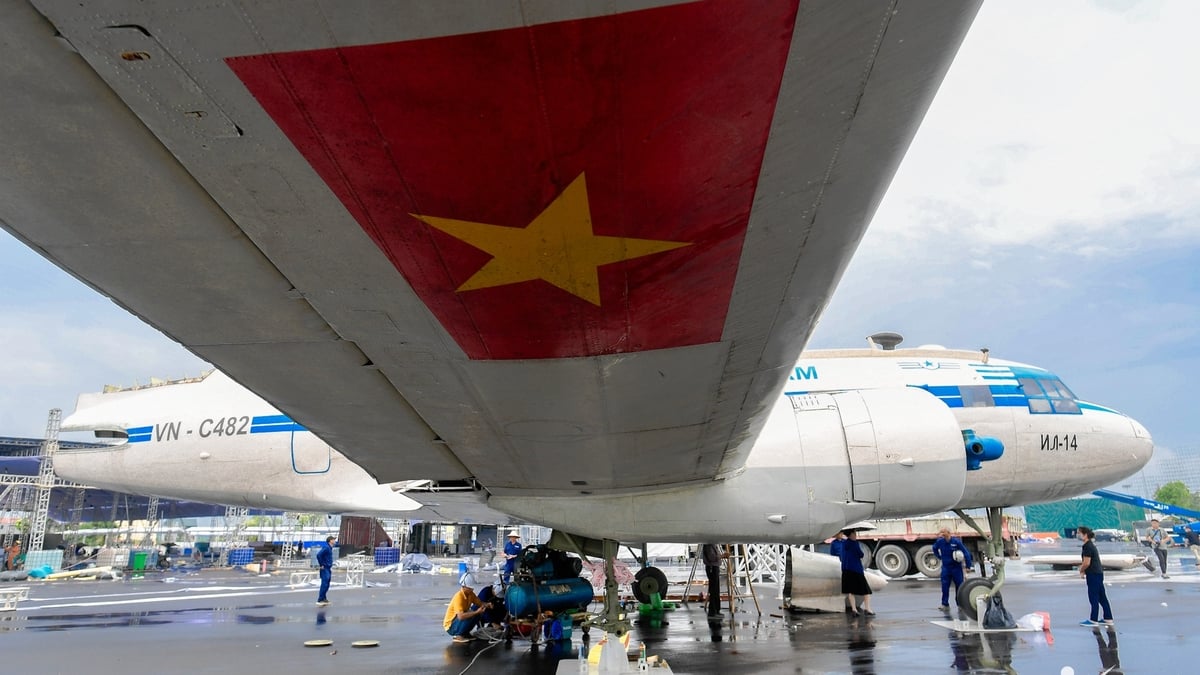
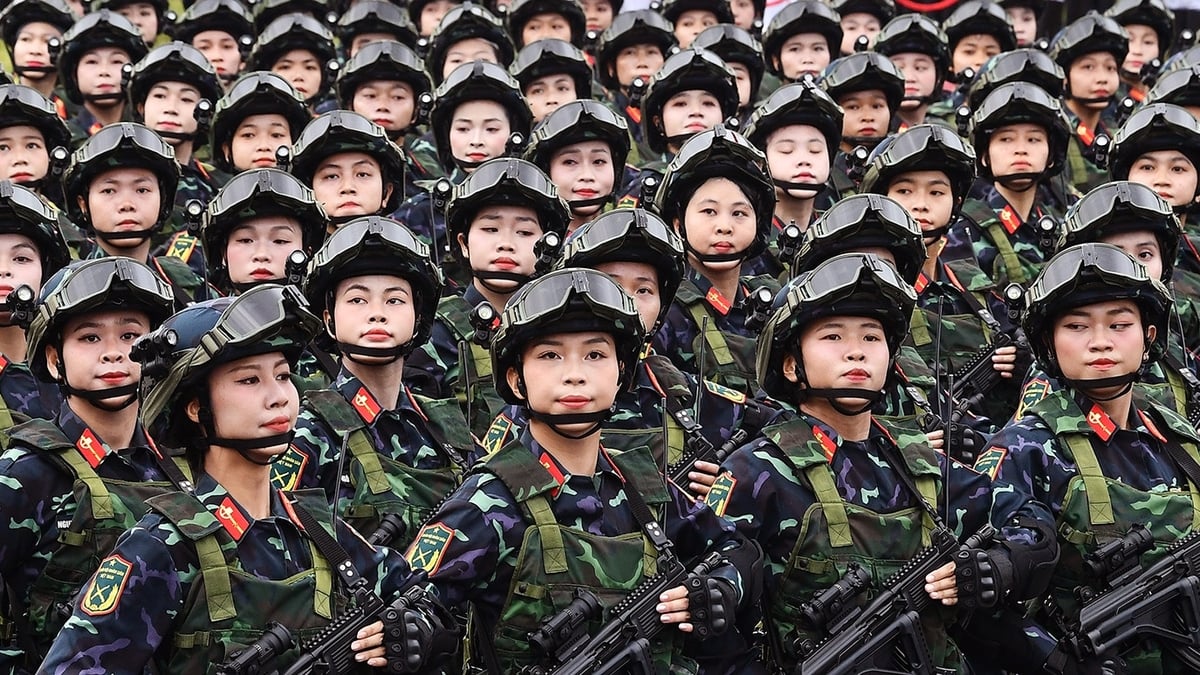

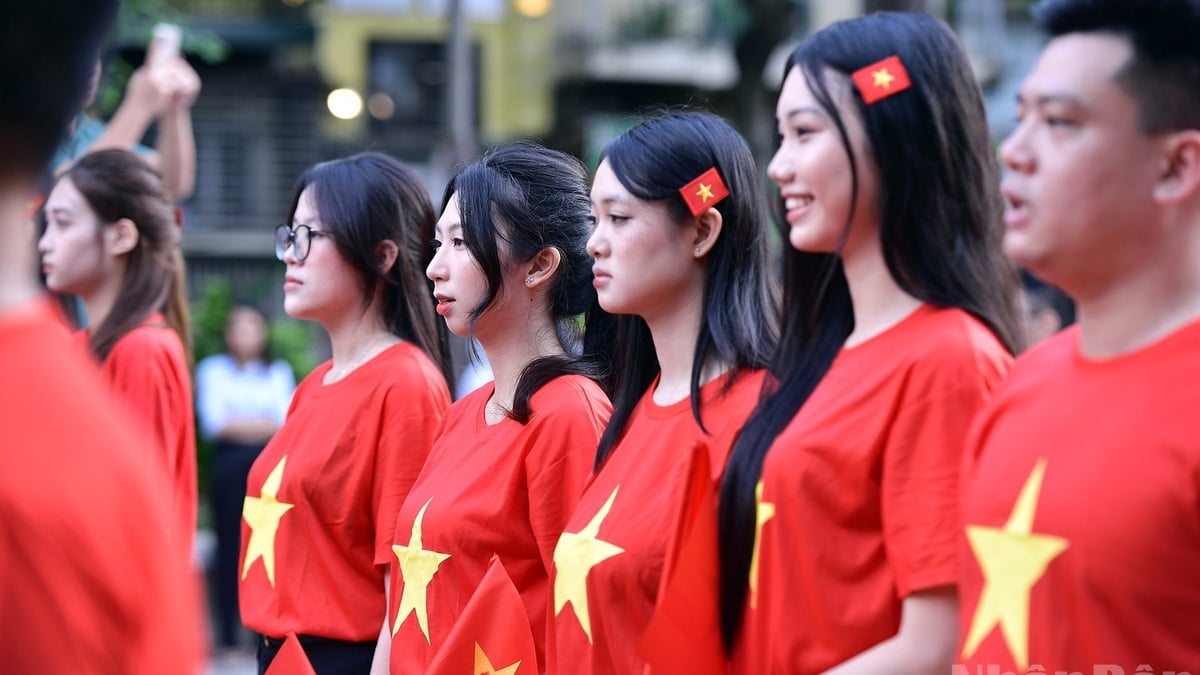
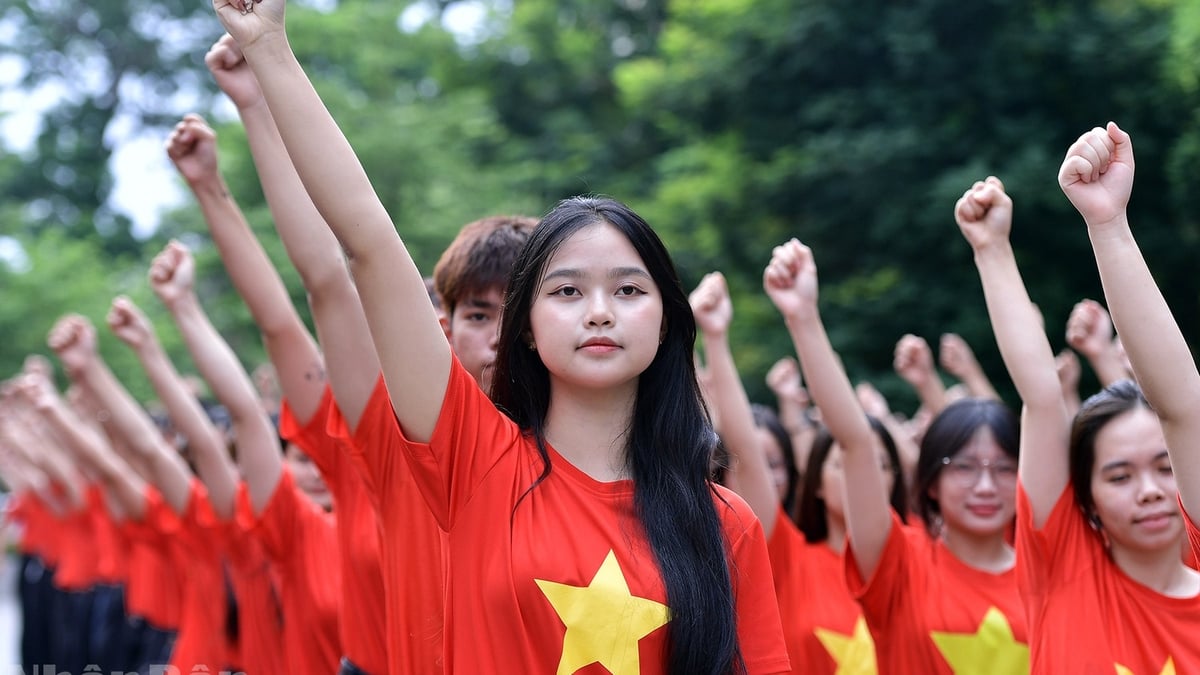
![[Photo] Stunning Vung Ang-Bung Expressway before opening day](https://vphoto.vietnam.vn/thumb/1200x675/vietnam/resource/IMAGE/2025/8/18/8a75cb48a68f4de8b56d6a9e7c268669)
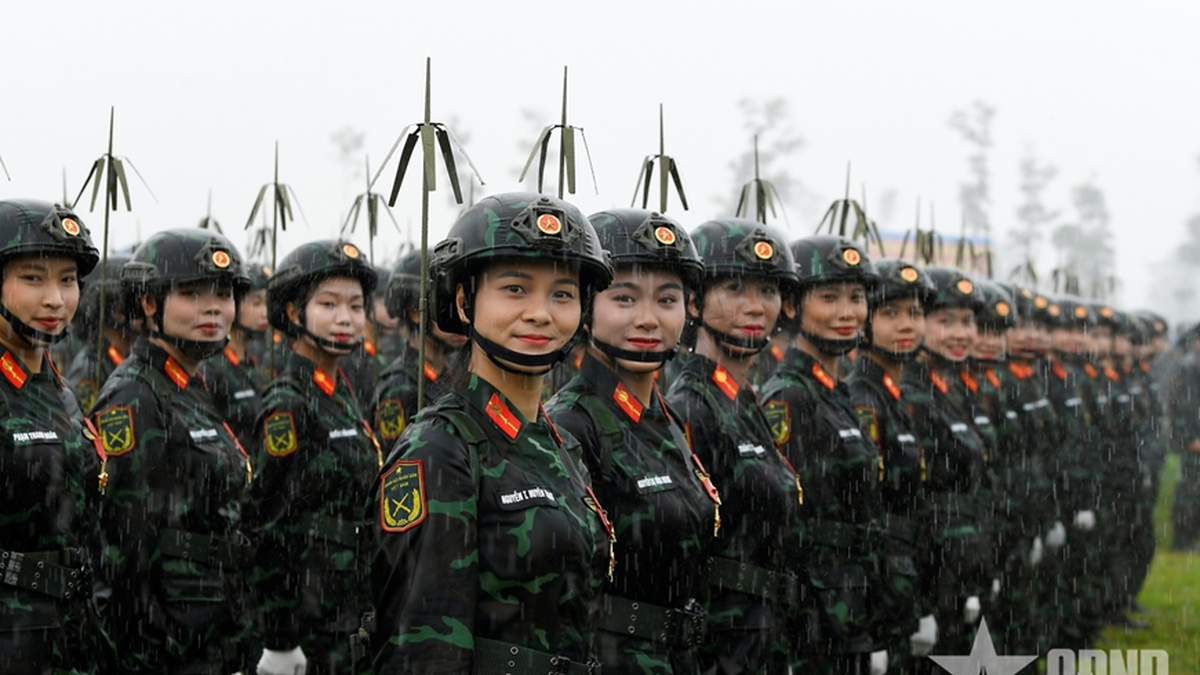
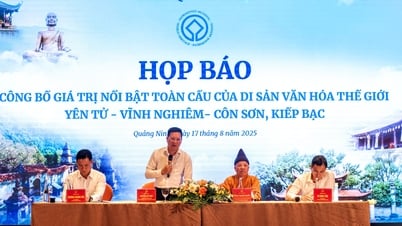

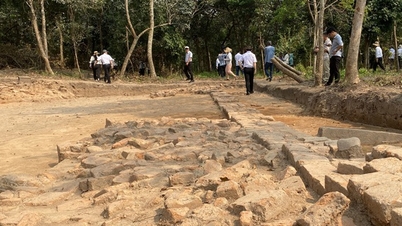



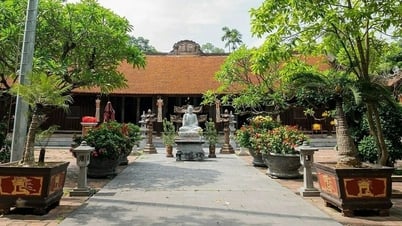

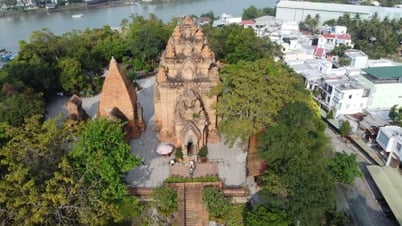
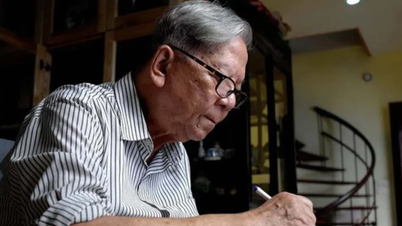

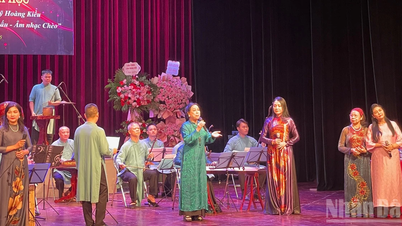



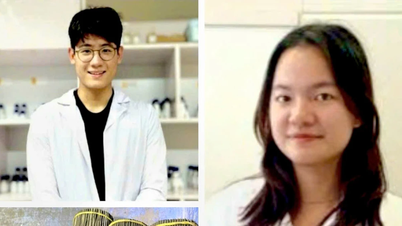
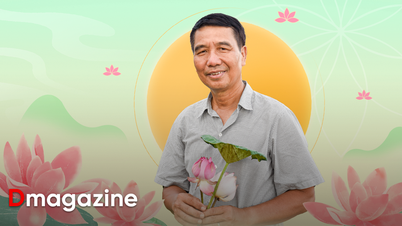


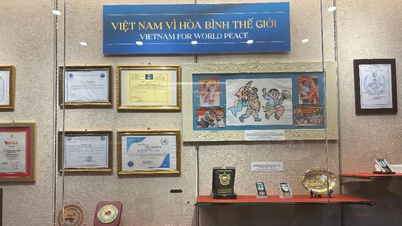


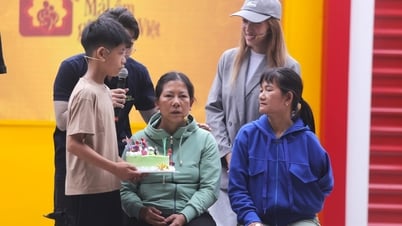
![[VIDEO] Petrovietnam Party's imprint](https://vphoto.vietnam.vn/thumb/402x226/vietnam/resource/IMAGE/2025/8/18/0456b0c5e3ac4893b4e75b4e4a8d026f)




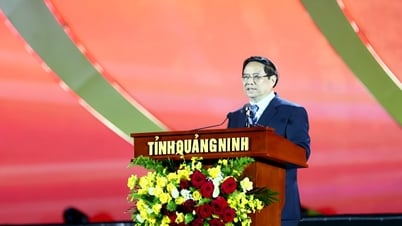

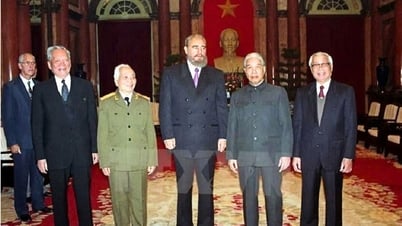

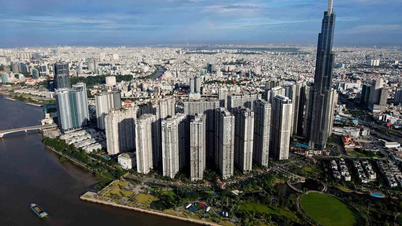

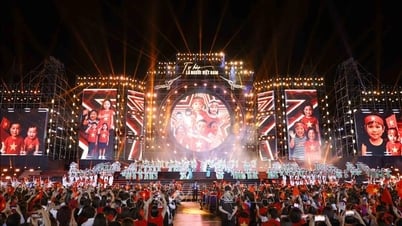
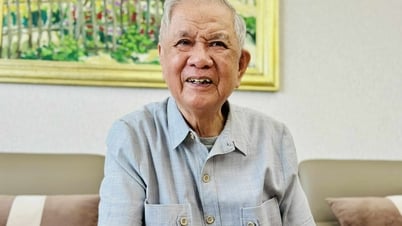





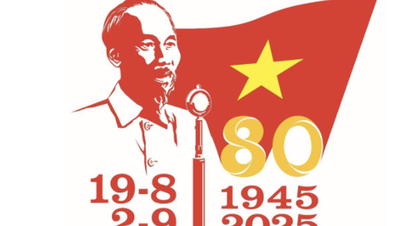










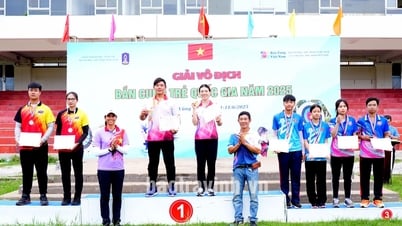















Comment (0)